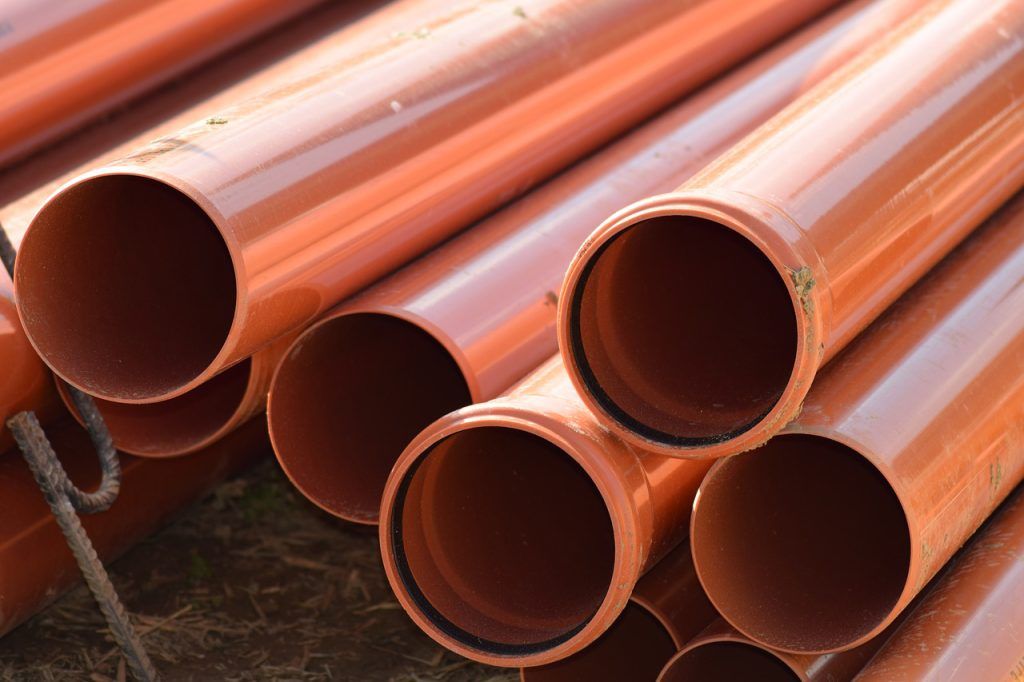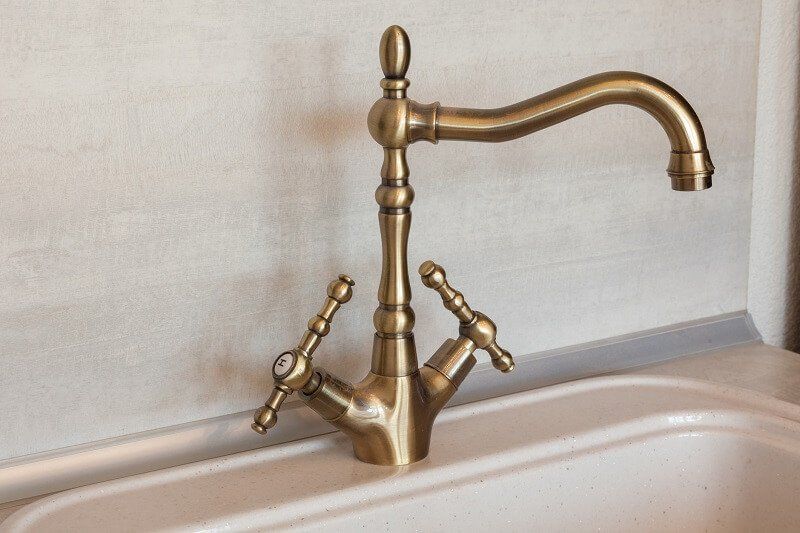Clay Sewer Pipes and the Problems They Present
Clay Sewer Pipes and the Problems They Present

In the modern world, not many people connect plumbing to clay and terra cotta, probably because they do not have the strengths of more common metallic or plastic pipes. But clay sewer pipes have an interesting history and are worth knowing about.
The History of Clay Pipes
Around 6,000 years ago, the first pipe systems in history were made out of clay. They were made by the Ancient Babylonians, who lived in what is modern day Iraq. The relative simplicity of creating pipes out of clay kept the practice popular for thousands of years. The basic process has remained the same across time and cultures. Clay pipes are fired in a kiln, chemically changed and hardened. The oldest still-functioning clay pipes are found in Anatolia, and they’re about 4,000 years old!
The Pros and Cons
Even into the early 1900s, clay sewer lines were used around the world. However, as human technology advanced and human cities got bigger, the standards for sewer lines increased. With the modern economy making the sourcing of metals and plastic easier than ever, many people are phasing clay out. Here are some pros and cons to consider:
PROs of Clay Pipes
- Low environmental impact – getting your hands on clay, water, and composites is much less destructive than mining or manufacturing the materials needed for metal or PVC.
- Unaffected by acids – unlike metal, erosion by electrolysis isn’t a concern because clay is inert, helping it last longer, especially in drier climates.
- High compressive strength – like bricks, it is hard to crush clay pipes.
CONs of Clay Pipes
- Hard to work with or transport – compared to PVC, clay is much heavier and much more difficult to connect, to fit together, which makes working with them more time consuming and expensive
- Weak against roots and leaks – even after being fired in a kiln, clay is more susceptible to cracking or being cracked into by roots
- Low tensile strength – it is easy to snap clay pipes, which leads to people encasing them in concrete, though that takes up more time and money
Some people still use clay piping today. The National Clay Pipe Institute champions the use of VCP (or Vitrified Clay Pipe), and cities like Portland can sometimes spend millions of dollars refurbishing existing clay systems.
Whether you have an issue with your sewer line or need help with any other plumbing around the house, call (855) 420-8572 to get in touch with 24 Hour On Call Plumbers.
-
Popular Cities
-
Popular Category










